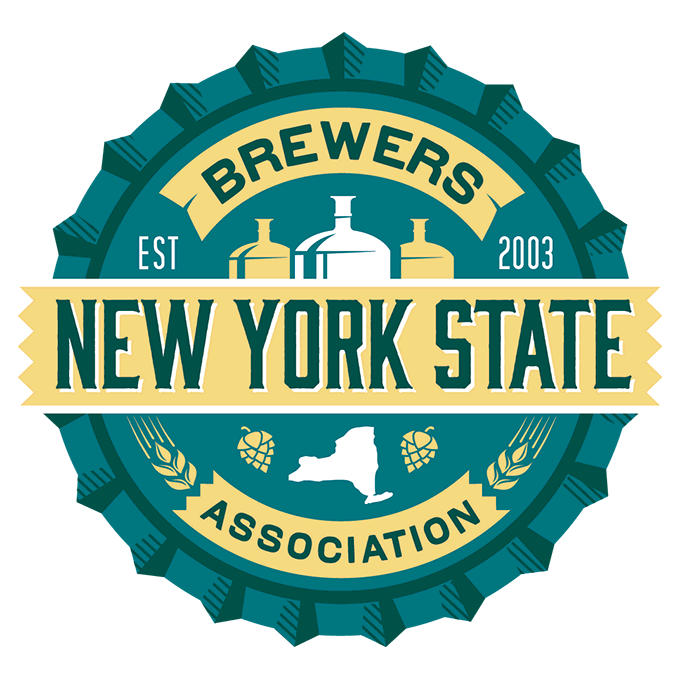

Restaurant management software was built to make your life easier when running a restaurant or brewery. But deciding which software types are best for your business can quickly become a headache. There are so many choices from different types of software to different brands and a whole range of price points. And there are even more choices for breweries.
But we’ve got your back. We’ve laid out the most important brewery management systems you need to run the best brewery business. Whether starting from scratch or fine-tuning your brewery supply chain, we’ll help you figure out what you need and can avoid.
Point of sale (POS) software helps you accept customer payments and keep track of all your sales. Your POS software holds info about the cost of each item you sell and pulls that up when you tell it what a customer orders. The software can integrate with different types of hardware that serve your brewery best, such as multiple tablets or a computer.
There are a lot of POS software brands out there these days, and you may have heard of some of the more common ones like Toast, Clover, TouchBistro, or Arrival. With so many choices, it’s a good idea to consider what features are most important for your brewery business when choosing POS software. Here are a few features you may want to look out for:

Quality control helps you make beers with continuity in flavor and substance. Cranking out quality beers requires you to monitor the quality of your ingredients and your brews throughout the brewing process. Beers can be monitored for quality by looking at components such as flavor, clarity, color, and foam. These software options also similarly monitor beer ingredients.
Quality control software can help make the process simpler and less time-consuming. Brewery control software also keeps track of your brewing history and points out any patterns or inconsistencies in your beer quality.
Digital order and pay software allows customers to place orders for themselves at their table or online for takeout. Order and pay free staff to focus on other needs and build customer relationships. Software, like Bbot, doesn’t require guests to download apps and allows you to fulfill orders any way you want.

Keg tracking helps you grab hold of potential keg loss costs. There are a few different ways to track kegs; keg use tracking software may use varying methods. Each has pros and cons, but you will want to use the best method for your brewery.
There’s keg tracking software that works with each type of tracking system, so you’ll want to look for software that fits with the system you have in place.
Potential customers are more likely to give your brewery a try if they can access reviews. You can encourage your customers to give that positive feedback by harnessing the power of software. Customer feedback software can automatically encourage customers to leave a review or let you know how you did serving them.

You could look for software that focuses on reviews through big sites like Google or Facebook. Or you could focus on customer interactions on apps specific to the beer world, such as Untappd.
Allowing customers to serve themselves cuts down on staff costs and increases your sales. If you have the space and budget, investing in self-pour software could be great. Software companies like PourMyBeer help you design a self-pour bar that integrates seamlessly with the software. And, if you want more mobility in your self-pour station, you could work with a company like SmartBar to create a portable tap station.
Choosing the best brewery management software
Choosing the right brewery management software takes research and time. But when you get it right, a brewery management system will streamline your processes and maybe even boost your bottom line. When choosing your software, check out reviews and talk to the customer service team to ask questions. You could even check other breweries or restaurants that use the software to see if you like it.
Make a plan to stay within your budget as you shop for software. Look for different software types with integrations to get the most bang for your buck. Consider investing in different software types in phases as you start seeing a rise in revenue.